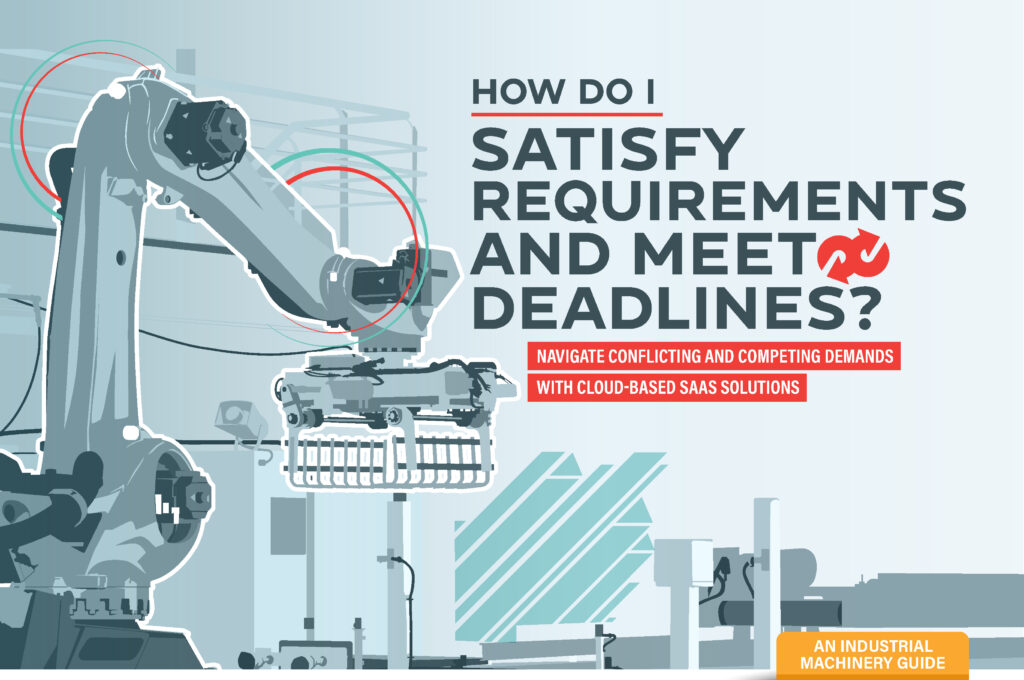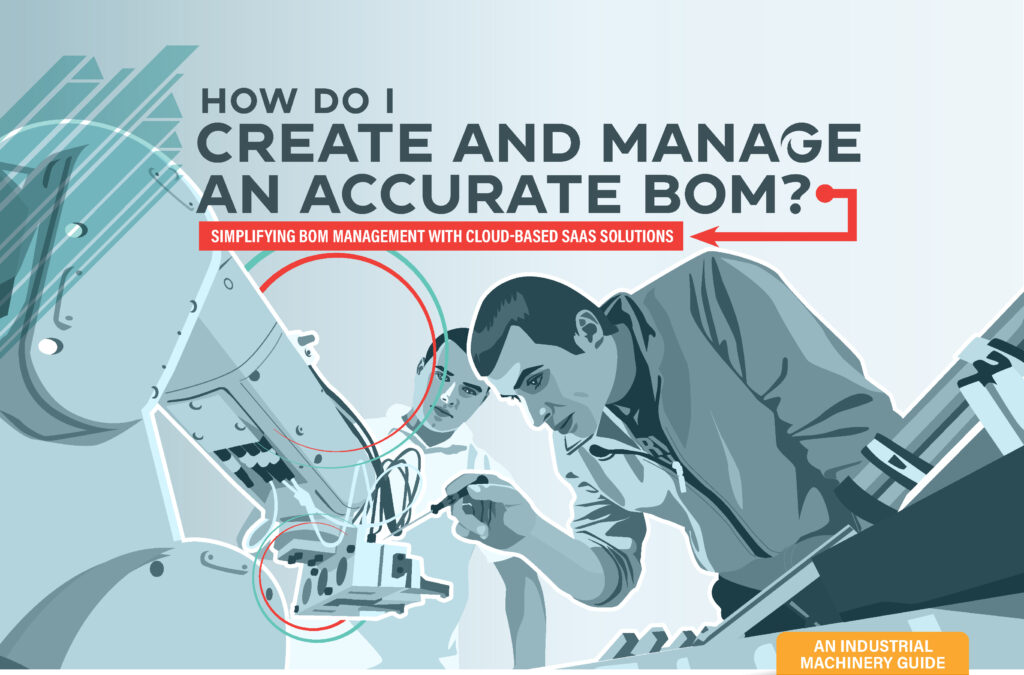How the right PLM solution can overcome common machine builder challenges

To successfully build the sort of innovative industrial machines — with sensors, software and smart features — that your customers demand, you need to be able to satisfy three important conditions:
- Meet increasingly rigorous regulations and complex requirements
- Innovate more quickly through seamless collaboration between engineering domains
- Cultivate a bill of materials (BOM) that can evolve with changes throughout the product lifecycle
Product lifecycle management (PLM) solutions can satisfy these conditions. Machine builders and OEMs just need to have the willingness to reimagine the processes and solutions they’re currently using.
This blog will examine each of the above conditions and highlight different available resources that take a closer look. Whether you’re struggling with meeting requirements, overly lengthy product development cycles or inaccurate BOMs, there’s something here to help.
Satisfying requirements and meeting deadlines
Knowing exactly what needs to be delivered is the start of any process, new or old. But just because current solutions helped machine builders meet requirements for past projects, that doesn’t mean they can rely on more of the same to deliver the more complex machines of tomorrow.
Companies – and the processes they use – must evolve with the machinery they’re designing and manufacturing.

This ebook shows how innovative PLM software can help machine builders formally define, track, and manage requirements across the product development process while helping engineers and other stakeholders stay on schedule more easily.
Collaborating and coordinating design across engineering disciplines
A modern PLM solution isn’t just about requirements management. It also handles data management, security and transmission associated with a project.
Innovative cloud-based PLM establishes a common digital thread connecting design, engineering, manufacturing and service domains. The digital thread ensures the success developing smart, connected products because the design team has the ability to share information quickly and efficiently.

This ebook shows how a modern PLM solution enables seamless collaboration across engineering disciplines and throughout a company.
Creating and managing an accurate BOM
As machine complexity continues to increase, individual BOMs and the collective BOM are only becoming more extensive and complex. To make matters more challenging, modern design processes are experiencing more in-process changes than in the past.
It’s become a necessity for the BOM to become a living document, adapting to changes as they happen. With cloud-based PLM for industrial machinery, the manual becomes automated.

This ebook outlines how the right PLM solution can automatically generate a BOM when CAD models of every type are checked in and make updates when data changes. This automation increases efficiency and productivity while improving collaboration.
Conclusion
We’ve discussed how cloud-based PLM for industrial machinery enterprises makes it possible to build more innovative pieces without exploding costs and blowing past deadlines by automatically generating BOM, uniting domains with the digital thread and injecting calm into chaos with reliable requirements management.
Now, it’s your turn. Want to learn more about cloud-based PLM? There are plenty more benefits and features to learn about here: PLM for machine builders.
Or, if you’re ready to try the software for yourself, go here: PLM for machine builders trial
Related: PLM for Machine Builders | WATCH
